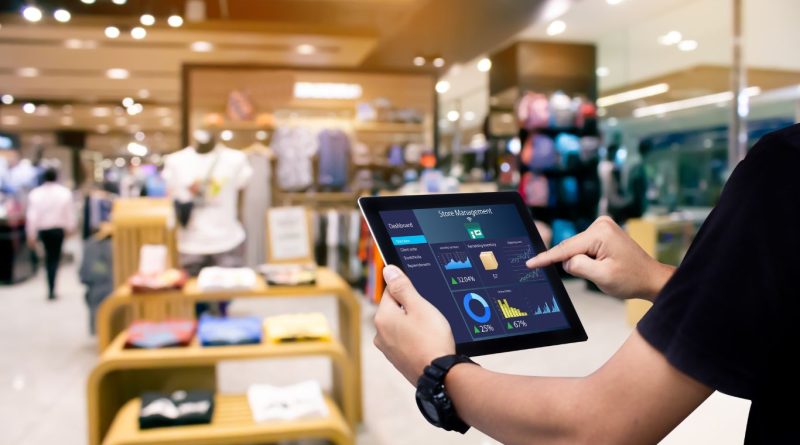6 Key Roles of Data Analytics in Retail
The retail industry has been undergoing significant transformation, with data analytics becoming a vital tool for companies aiming to stay competitive. By leveraging vast amounts of data from sales, customer interactions, and supply chain operations, retailers can make informed decisions that improve efficiency, boost sales, and enhance the customer experience. Below, we’ll explore six essential roles that data analytics plays in modern retail, from demand forecasting to marketing optimization, shaping the future of how retailers operate.
1. Demand Forecasting for Inventory Optimization
Inaccurate demand forecasting can lead to costly overstock or stockout scenarios. Retail data analytics helps predict future demand more accurately by analyzing historical sales, seasonality, and even external factors like weather. With these insights, retailers can optimize inventory levels, ensuring products are available when customers need them without holding excess stock.
For example, major retailers like Walmart use analytics to reduce inefficiencies in inventory management, ensuring they are always stocked appropriately.
2. Personalized Customer Experiences
Today’s consumers expect personalized experiences, and retail analytics makes this possible. By studying customer behavior, purchasing patterns, and preferences, retailers can tailor product recommendations, discounts, and marketing messages to individual shoppers. This not only increases sales but also fosters customer loyalty.
Companies like Amazon have mastered this with personalized product suggestions based on browsing history and past purchases. Personalization, powered by data analytics, is crucial to engaging customers in a saturated marketplace.
3. Supply Chain Management Efficiency
Efficient supply chain management is crucial to a retailer’s success, and data analytics can dramatically improve this. Retailers analyze data from suppliers, logistics providers, and sales channels in real time to predict demand and adjust supply accordingly. This helps to optimize delivery routes, reduce transportation costs, and minimize delays.
For instance, big players like Target have enhanced their supply chain operations by integrating real-time data analytics, improving their ability to meet consumer demand without overburdening the supply chain.
4. Dynamic Pricing Strategies
Dynamic pricing is another area where retail data analytics has proven invaluable. By analyzing real-time market data, including demand, competitor pricing, and customer purchasing behavior, retailers can adjust their prices dynamically to maximize profit while remaining competitive.
E-commerce platforms like Amazon use this technique extensively, ensuring that prices reflect both consumer demand and market conditions. This strategy not only improves revenue but also customer satisfaction, as it can help align price points with consumer expectations.
5. Optimizing Store Layouts and Visual Merchandising
Data analytics plays a significant role in enhancing physical store layouts and visual merchandising strategies. Retailers collect and analyze in-store data such as customer movement patterns, foot traffic, and sales performance to refine product placements and store designs. By strategically positioning high-demand products or frequently purchased items based on these insights, retailers can boost sales and create a more engaging shopping experience.
Heat maps, for example, can highlight the busiest areas in a store, allowing managers to optimize displays and signage.
6. Enhanced Marketing Campaigns with Predictive Analytics
Retailers are increasingly using predictive analytics to drive marketing success. By analyzing past campaigns and customer responses, retail analytics helps businesses fine-tune their marketing strategies. Predictive models can forecast which promotions will resonate most with particular customer segments, allowing for better allocation of resources and higher ROI on marketing spends.
This is particularly valuable in today’s omnichannel environment, where retailers need to ensure consistent messaging across various platforms.
From demand forecasting to dynamic pricing and personalized marketing, retailers that harness the power of data analytics can make more informed decisions, optimize their operations, and deliver superior customer experiences. As the retail industry continues to integrate more advanced technologies like AI and machine learning, the role of data analytics will only grow more critical.
